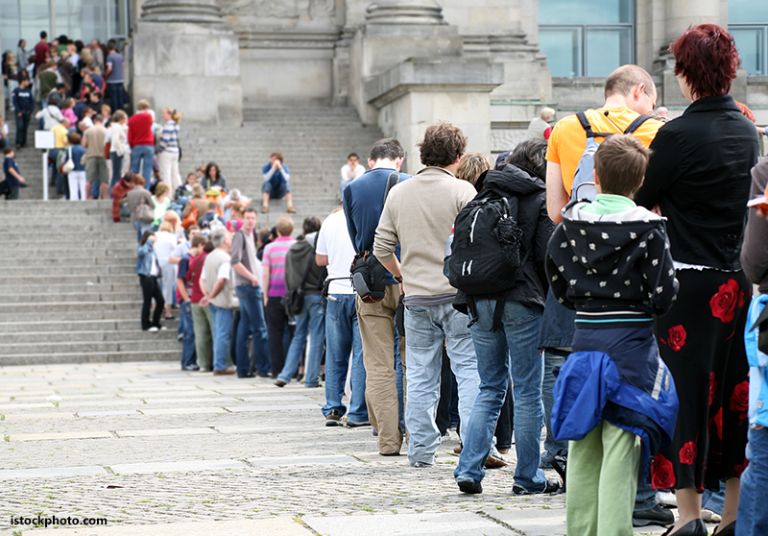
Participation in Civic Leadership
Eighth in a series on the Texas Triangles. “The problem with socialism is that you eventually run out of other people’s money,” said Margaret Thatcher, according to the American Enterprise Institute. With great caution, I would add that a problem…



